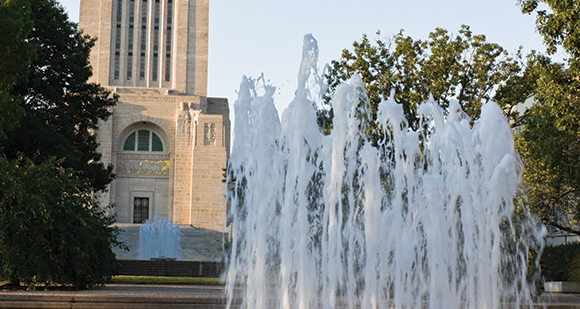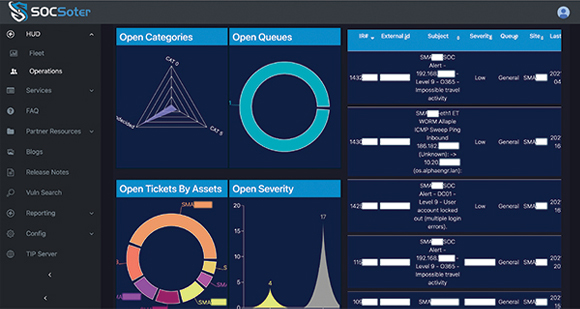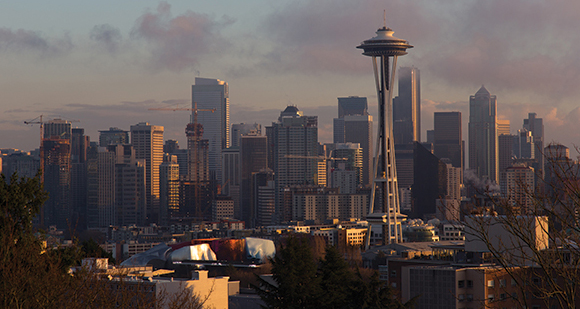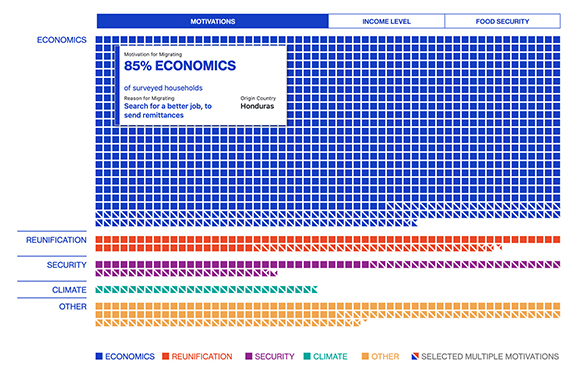|
  
|
FROM SITE SELECTION
MAGAZINE, NOVEMBER 2021 ISSUE
|
 |
NEBRASKA
A conversation with Anthony Goins, director of the Nebraska Department
of Economic Development, shows how the Cornhusker State is flexing its
muscle in rebounding from the pandemic.
|
|
 |
INVESTMENT PROFILE: MARYLAND
“I get to chase bad guys every day,” one executive tells Gary Daughters.
“It’s cool to be involved in the security of the world.”
|
|
  |
California
Officials cut the ribbon on this new technical operations center early
this month. The 407,000-sq.-ft. facility will be the workplace for more
than 500 employees working on both aircraft maintenance and ground
service equipment. The facility’s hangar is approximately 256,000 sq.
ft. and will be able to accommodate up to six narrow-body or two
wide-body aircraft at a time. The project is one of several underway in
the modernizing of LAX, including $573 million in terminal and concourse
investments by United, which operates an average of 103 flights a day
out of the airport.
Indiana
This investment by Bay Area integration platform-as-a-service (iPaaS)
firm Celigo was announced earlier this year. In addition to its HQ in
San Mateo and an office in Roseville, California, the company also
operates sites in Hyderabad, India; Amsterdam; and Manila, Philippines.
The Indiana project is part of a wave of investments in Indy by tech
companies, among them Tangoe, Wunderkind, jobvite and pharmacy
automation software firm Innovation Associates, which relocated its HQ
from New York to Indy and is creating 420 positions over several years.
Over the summer, Jordan Isaacs of TechPoint (an organization devoted to
attracting high-wage tech jobs to Indiana) noted that that metro
Indianapolis has attracted more than $7 billion in tech transactions and
investments over more than a decade, including major investments from
Salesforce and Infosys.
|
|
  |
|
CHOOSE
WASHINGTON 2021-2022
|

|
WASHINGTON STATE REGION PROFILES
Washington’s eight geographic regions offer diverse strengths and scenic
beauty.
|
|
 |
AGRICULTURE & FOOD MANUFACTURING
Yes, the state is responsible for 70% of U.S. apple production, but
milk, potatoes, hops, blueberries and other commodities also play huge
roles in the state’s agriculture economy.
|
|
|
SITE SELECTION
RECOMMENDS
|

| This
infographic shows that 85% of Honduran migrants surveyed said economics,
such as a better job or sending remittances, was a motivation for migrating.
|
|
Infographic courtesy of the researchers |
|
|
A new study released last week by a team at MIT documents the factors
driving more than 5,000 migrants to the U.S. from Guatemala, El Salvador
and Honduras, and where they ended up locating. “Charting a New
Regional Course of Action: The Complex Motivations and Costs of Central
American Migration,” is the product of a collaboration among the UN’s
World Food Program (WFP); the Migration Policy Institute (MPI), a
nonpartisan think tank; and MIT’s Civic Data Design Lab.
“At the heart of what’s causing migration is that people don’t have
enough money to provide for their basic needs,” said Sarah Williams, an
MIT professor who helped produce the report. The urge to migrate has ratcheted
upward since the pandemic’s onset: About 43% of people surveyed in 2021
were considering migrating, compared to 8% in 2019, an MIT release
states. “That change comes as food insecurity in the region soars: The
WFP estimates that 6.4 million people in the three countries were
suffering from food insecurity in 2021, up from 2.2 million in 2019.”
Survey respondents cited low wages, unemployment and minimal income
levels as factors increasing their desire to emigrate — ahead of reasons
such as violence or natural disasters.
In contrast to the 43% of people who were considering migrating, only 3%
of respondents said they had made concrete plans to migrate (though 23%
of those experiencing food insecurity had made concrete plans to leave).
“One likely reason more people do not migrate is cost,” the release
stated. “An estimated 1.8 million Central Americans have attempted to
migrate in the past five years, costing them collectively about $2.2
billion per year, which is equal to about one-tenth of Honduras’ annual
GDP.”
|
|

|
Photo courtesy of Mall of America
|
|
At 5.6 million sq. ft., Mall of America, which opened in 1992, is
located in Bloomington, Minnesota, adjacent to MSP International
Airport. It is the largest shopping and entertainment complex in North
America with more than 520 retail stores and restaurants; the
Nickelodeon Universe indoor theme park (pictured); and SEA LIFE
Minnesota Aquarium.
CBRE Retail Property Management surveyed personnel at 16 of the malls
and large-format retail centers that it manages across the U.S. (not
including Mall of America) and found that foot traffic and sales were
up, with most centers meeting or exceeding 2019 traffic numbers, and
more than half reporting sales equal to or exceeding 2019. Popular
categories were shoes, cosmetics and apparel. The latter was a major
traffic draw with steep discounts.
“The feedback from our retail centers shows that people are more
comfortable gathering this year and their activity will be a boost to
not only retailers, but entertainment outlets such as theaters and
restaurants,” said Brandon Isner, head of Americas Retail Research for
CBRE, in a release this morning. “This narrative is
backed up by data illustrating that retail foot traffic has steadily
increased throughout October. Although consumer sentiment has taken a
dip, retail sales remain strong. Supply chain issues may hamper smaller
retailers, but inventory likely won’t be a problem for larger retailers
with purchasing power.”
|
|
|
|

